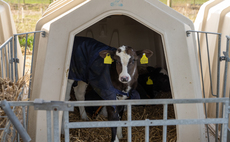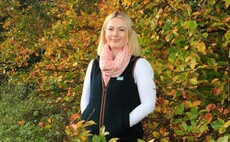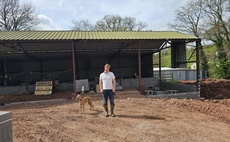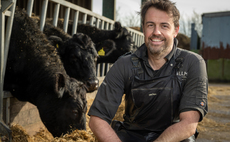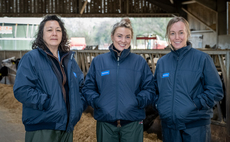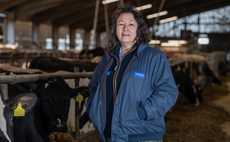Sponsored
MSD SenseHub
With profits under constant pressure, dairy farmers are continuously on the lookout for new technologies and ways of working which will reduce labour requirements, improve productivity and offset the effects of rising costs.
Partner Sponsored Articles
Making changes to or erecting a building, or changing its use without planning permission carries big risks but there may be ways of making the development legally compliant.
Investing in youngstock to achieve target growth will pay dividends throughout their productive life
Rearing dairy replacements is the second biggest cost after feed for any dairy farmer so ensuring calves are given the best chance possible to reach their potential is essential.
Partner Content
For many farming families, a successful diversification can mean the difference between staying in the black and falling into the red. But achieving this success can often be frustrated by costly planning challenges. Shannon Fuller, Planning Advisor with the CLA, highlights the key considerations.
Partner Content
Patience and perseverance have finally paid off for tenant farmer Ralph Raynor in his quest to convert three redundant buildings into residential homes under Class Q Permitted Development rights.
Virbac DB
Ian Cure, of LLM 51AV��ƵVets explains how correcting trace element deficiencies by adopting a new method of supplementation has had a major impact on cow and calf health in the beef suckler herd at Myerscough college farm.
Virbac DB
Like a car in need of a top up of oil to ensure optimum performance and a reduced risk of engine damage, cattle trace mineral status also requires effective management.
Virbac DB
Correctly managing the trace mineral status of dairy animals at points of stress, including the weaning and transition periods, is critical to herd productivity and profitability. Kate Ingram, Veterinary Advisor at Virbac, gives expert advice on how dairy farms can achieve this.
Virbac DB
Trace minerals affect profitability because they are production elements, says Sabrina Jordan, 51AV��ƵProduct Manager at Virbac.
Better Silage
Baled grass silage can be as good as clamped silage, says Volac silage scientist, Dr Mark Leggett, but it is essential to employ equal attention to detail when making it – starting by cutting grass at the optimum time.
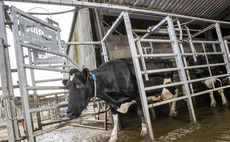
 14 June 2024
•
2 min read
14 June 2024
•
2 min read

